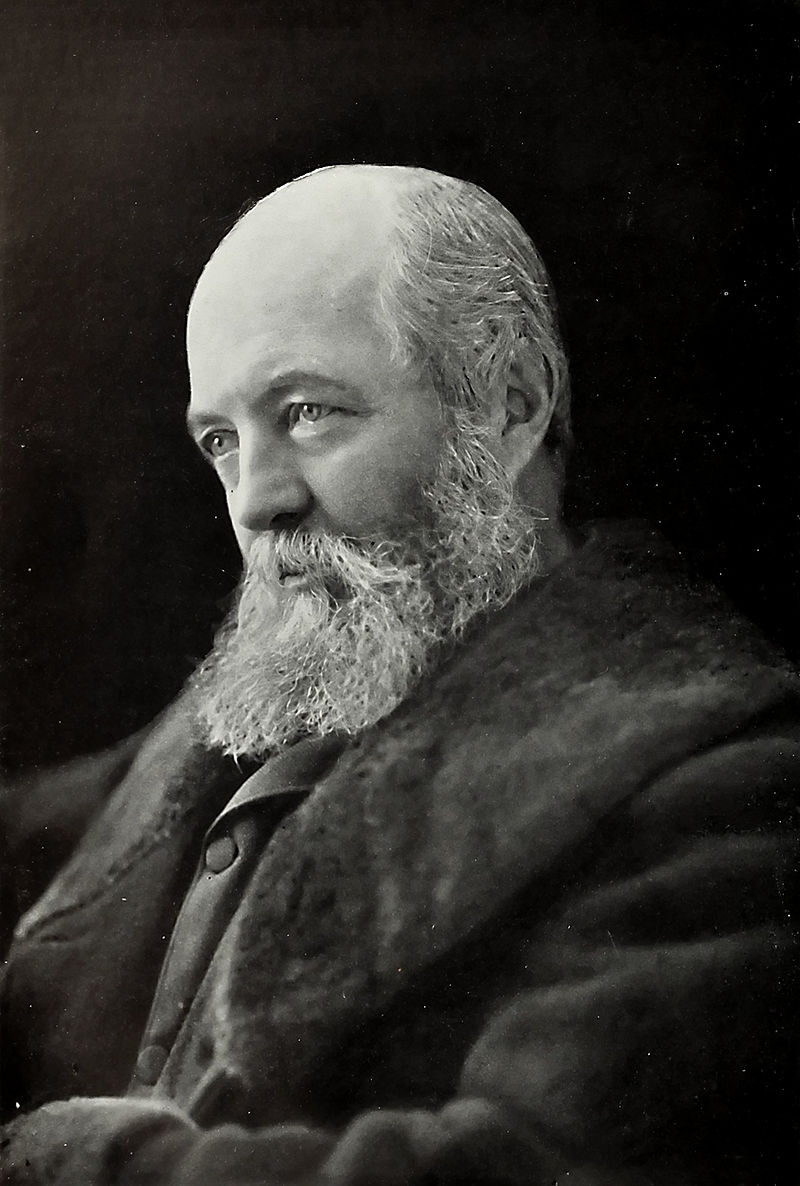
March begins tomorrow. You can feel the approach of spring.
It arrives this year on March 20. Spring is heralded in coincident with the vernal equinox which, like the autumnal equinox, is the date on the calendar in which the length of day and night are about the same.
Of course, for most of us – but surely not all of us – in the Northern Hemisphere, the arrival of spring is a happier event than the arrival of fall (even if fall in New England has considerable merit).
Nature is moving, stirring, now, and longer days and a warming atmosphere tells and instructs plants to begin their florescence.
Green and buds and leaves and flowering return.
Oakes Ames Memorial Hall, designed by Henry Hobson “H.H.” Richardson, benefits from a beautiful tapestry and appointment of plants … and of nature … planned and crafted to support, to commend, and to celebrate the grandeur and magnificence of the building.
This landscape, which includes a terraced front steps, was designed by one of the most gifted, imaginative, and inspired landscape architects in history – Frederick Law Olmsted.
Mr. Olmsted is widely regarded as the Father of American Landscape Architecture.
Today, here, in this space, we felt it would be helpful – and timely – to venture into what people who are involved, either directly, or working in concert with a landscaper or professional gardener – in planning and cultivating outdoor spaces at their residences – could take away from the lesson and example of Frederick Law Olmsted.
To wit:
A primary focus of Frederick Law Olmsted – the way he approached things, and the way he worked – was to take a broad view of an area, and consider and respect the nature that is already in place, and work with that nature.
Mr. Olmsted would advise landscapers to care about how what they designed and what they built would affect the local community – and aim, when planning a space, to develop something that brings people together and improves society.
Approach your work with the mind of an artist – that of a creator – Frederick Law Olmsted would advise.
Remember, always, that nature is king – and it is the mandate of an excellent landscaper to exalt nature and to strive to make art that is inconspicuous, and which improves nature and the environment.
Of more specific advice and vintage, combine native and exotic plants – envision how they would work and live in harmony.
We submit here that this is just as start, a very preliminary step, into the helpful guidance and example of the Father of American Landscape Architecture.
Then, again, and this was a fundamental mantra of Frederick Law Olmsted – there is much to be gained and achieved in taking counsel of your own passions and own way of looking at nature … and the cosmos.